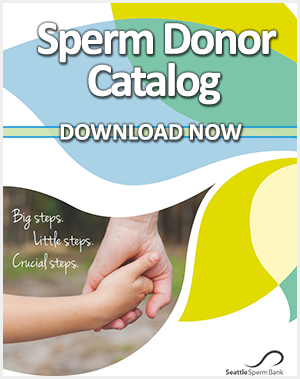Written by B. Mulcaster
Recent *census polls and resultant data indicate that there are approximately 605,472 same-sex couples in the US (Note – this number only represents the number of same-sex couples against the total number of census participants, it is not an accurate reflection of the number of same-sex couples in the entire country, nor can it account for intentional non-disclosure by survey participants). Other **statistics illustrate that of those same-sex couples, only 20% have children and that of the remaining couples 50% expressed a strong desire to parent and establish a ‘traditional’ family unit.
Currently, same-sex couples in the United States are struggling for equal rights, the ability to marry with recognition of status, and a “traditional” family structure. While the current political climate and upcoming election continue to influence the populace on these topics by presenting them as arguable issues that must be decided upon with an ‘either/or’ approach, the fact remains that any same-sex couple wishing to have children and raise a family face numerous important choices and potential obstacles, the largest of which is one of the topics which isn’t currently being used as a political talking point – reproductive options.
Many countries around the world do not support (openly or otherwise) or provide any kind of assisted reproductive technology (‘ART’) to same-sex couples. It is for this reason that many international couples are left with little choice but to seek reproductive assistance elsewhere – namely, the United States (*this is referred to, perhaps pejoratively, as ‘reproductive tourism’). Despite all of the political hand wringing and issue manufacturing surrounding the topics of same-sex relationships, the United States remains the best choice for same-sex couples hoping to become parents via assisted reproduction.
Same-sex couples wanting to start families and become parents now have more available options for having a child or children beyond the more traditional methods such as adoption or fostering; embryo adoption, surrogacy, donor sperm insemination (DI), donor oocyte with gestational carrier (GC), and shared maternity are all viable options to this end. Below is a short description of each method.
Embryo Adoption
Embryo adoption is a more recently developed procedure that allows couples to experience both pregnancy and adoption simultaneously. The option for an embryo adoption results from millions of couples taking part in In-Vitro Fertilization (IVF) and not utilizing the entire created embryos for this infertility procedure; the unused embryos are frozen until a final decision is made for their use.
Surrogacy
Surrogacy is when another woman carries and gives birth to a baby for the couple who want to have a child.
Donor Sperm Insemination (DI)
Sperm donation is the process by which a man, known as a sperm donor donates his semen to a recipient with the intention that it be used to achieve a pregnancy and produce a baby in a woman who is not the man’s sexual partner.
Donor Oocyte with Gestational Carrier (GC)
Gestational surrogacy is the process by which the intended mother’s or donor egg is fertilized outside the body and then the embryos are transferred afterward into the uterus. The woman who carries the child is often referred to as a Gestational Carrier. The legal requirements to confirm parentage with the intended parents are generally easier than in a traditional because there is no genetic connection between the child and the carrier. Some clinics will require that the surrogate have at least one prior uncomplicated pregnancy and birth (Cesarean-sections are usually acceptable qualification as a birth method in this instance).
Shared Maternity
Shared Maternity Care is a model of care which allows women to have the majority of their antenatal visits in the community with a hospital affiliated general practitioner (GP), obstetrician or midwife.
*Based on polls taken in 2011, http://www.census.gov/hhes/samesex/data/acs.html
**statistics provided by http://www.srm-ejournal.com/article.asp?AID=9805

